SMB00953
2-Cyano-3,3-diphenylacrylic acid
≥95%
Synonym(s):
α-Cyano-β-diphenylacrylic acid, 2-Cyano-3,3-diphenylpropenoic acid
About This Item
Recommended Products
biological source
synthetic
Quality Level
assay
≥95%
form
solid
mol wt
249.26 g/mol
storage condition
(Tightly closed. Dry.)
technique(s)
HPLC: suitable
color
white to off-white
storage temp.
2-8°C
InChI
1S/C16H11NO2/c17-11-14(16(18)19)15(12-7-3-1-4-8-12)13-9-5-2-6-10-13/h1-10H,(H,18,19)
InChI key
VSXIZXFGQGKZQG-UHFFFAOYSA-N
General description
Application
Biochem/physiol Actions
Features and Benefits
- High quality compound suitable for multiple research applications
- Compatible with a wide variety of chromatographic and spectrometry techniques
Other Notes
wgk_germany
WGK 3
flash_point_f
Not applicable
flash_point_c
Not applicable
Choose from one of the most recent versions:
Certificates of Analysis (COA)
Sorry, we don't have COAs for this product available online at this time.
If you need assistance, please contact Customer Support.
Already Own This Product?
Find documentation for the products that you have recently purchased in the Document Library.
Our team of scientists has experience in all areas of research including Life Science, Material Science, Chemical Synthesis, Chromatography, Analytical and many others.
Contact Technical Service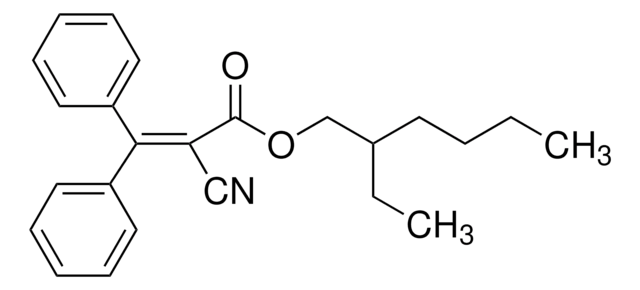
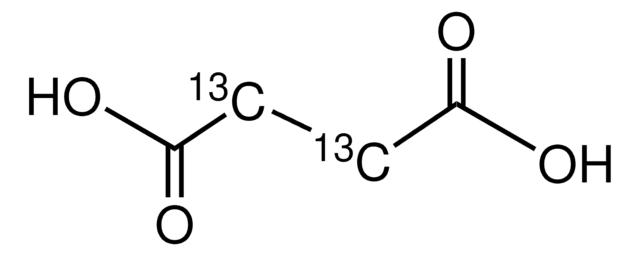
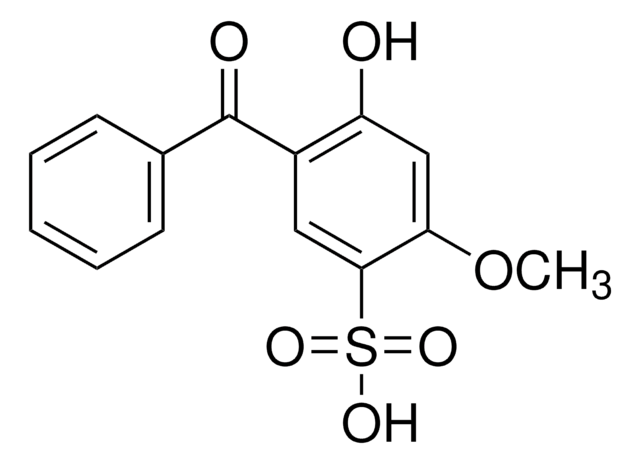
![1,2,3,4-Tetrahydro-9H-pyrido[3,4-b]indole 98%](/deepweb/assets/sigmaaldrich/product/structures/181/460/3d58bc34-1b5c-4295-bbac-3b52085670e8/640/3d58bc34-1b5c-4295-bbac-3b52085670e8.png)
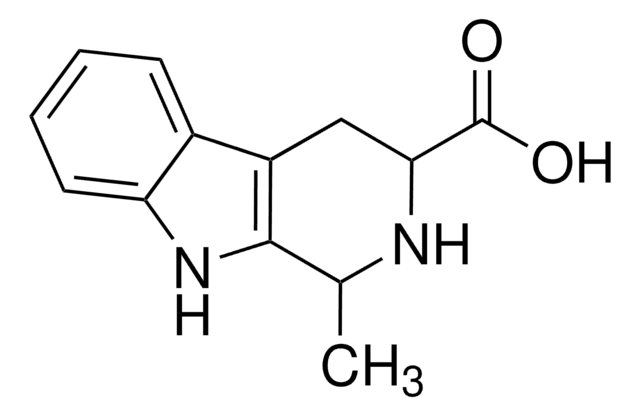
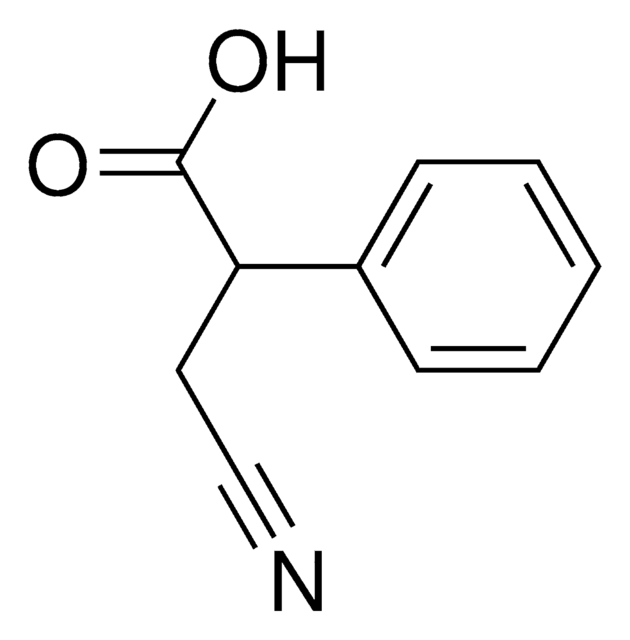
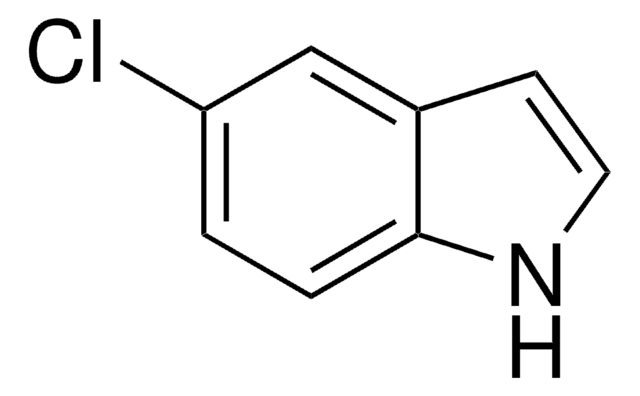
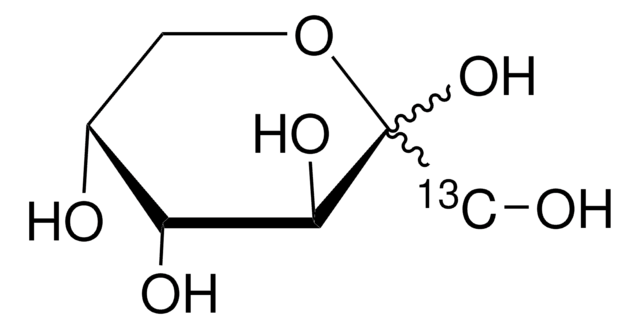
![4-[4-(1-Hydroxyethyl)-2-methoxy-5-nitrophenoxy]butyric acid ≥98.0% (HPLC)](/deepweb/assets/sigmaaldrich/product/structures/232/152/e26ea38f-f1d4-4f88-a61b-466cd10aa1dc/640/e26ea38f-f1d4-4f88-a61b-466cd10aa1dc.png)